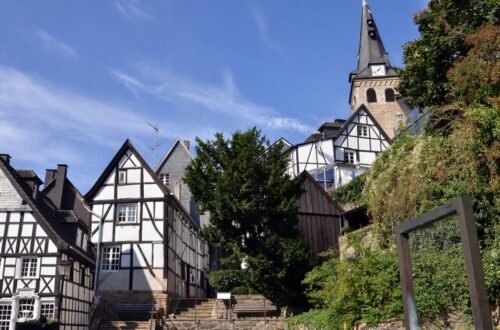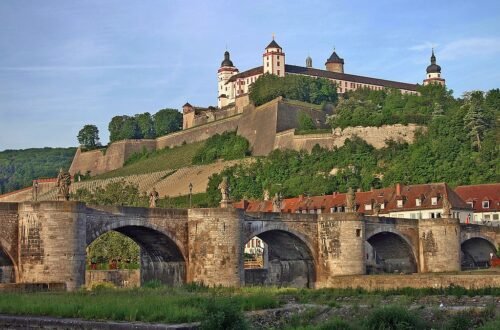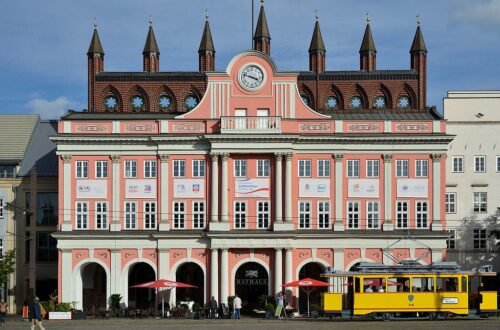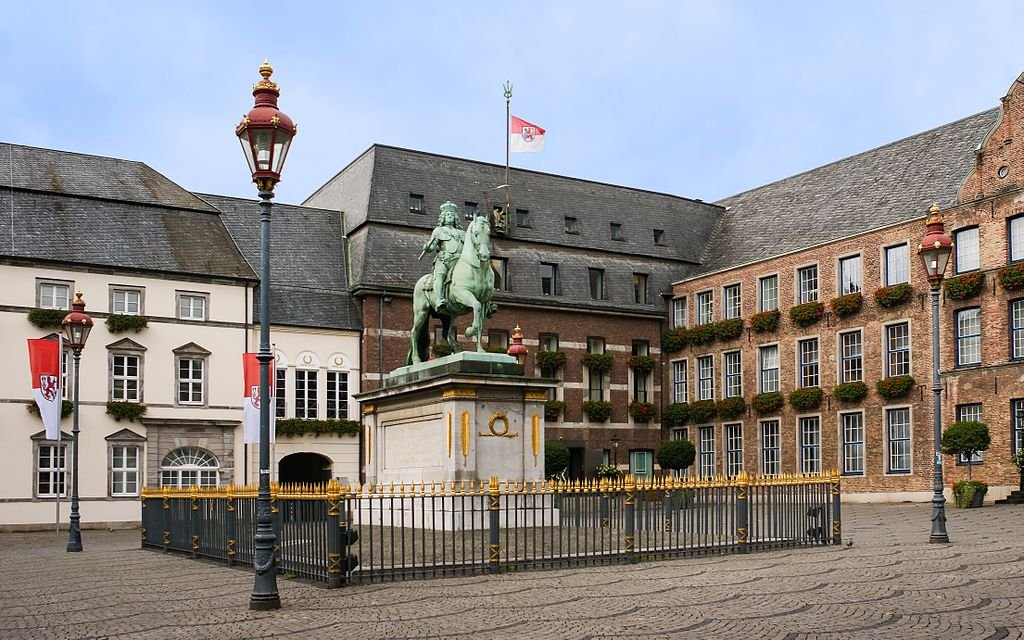
15 Best Things to See in Düsseldorf (Germany)
Düsseldorf is a global financial powerhouse with a well-off reputation supported by its upscale Königsallee shopping district and the revitalised harbour, which features structures designed by top architects. The city also offers a more rustic side, where locals and visitors alike let their hair down and sip the regional Altbier in the old Altstadt, which is home to hundreds of bars. The Kirmes fair, a large-scale public event that is only surpassed by Oktoberfest, explodes with joy and levity each July. There is also so much culture that you might not know where to start: In addition to ancient homes and parks created by the Imperial Electors, the city boasts medieval churches, art museums from various times, and cultural centres. Let’s examine the top activities in Düsseldorf:
- Rheinuferpromenade
- Medienhafen
- Burgplatz
- Kaiserswerth
- Altstadt
- Rhine Tower
- Hofgarten
- K21 Ständehaus
- St. Suitbertus
- Stadterhebungsmonument
- Königsallee
- Museum Kunstpalast
- Schloss Benrath
- Kunstsammlung Nordrhein-Westfalen
- Marktplatz
Rheinuferpromenade
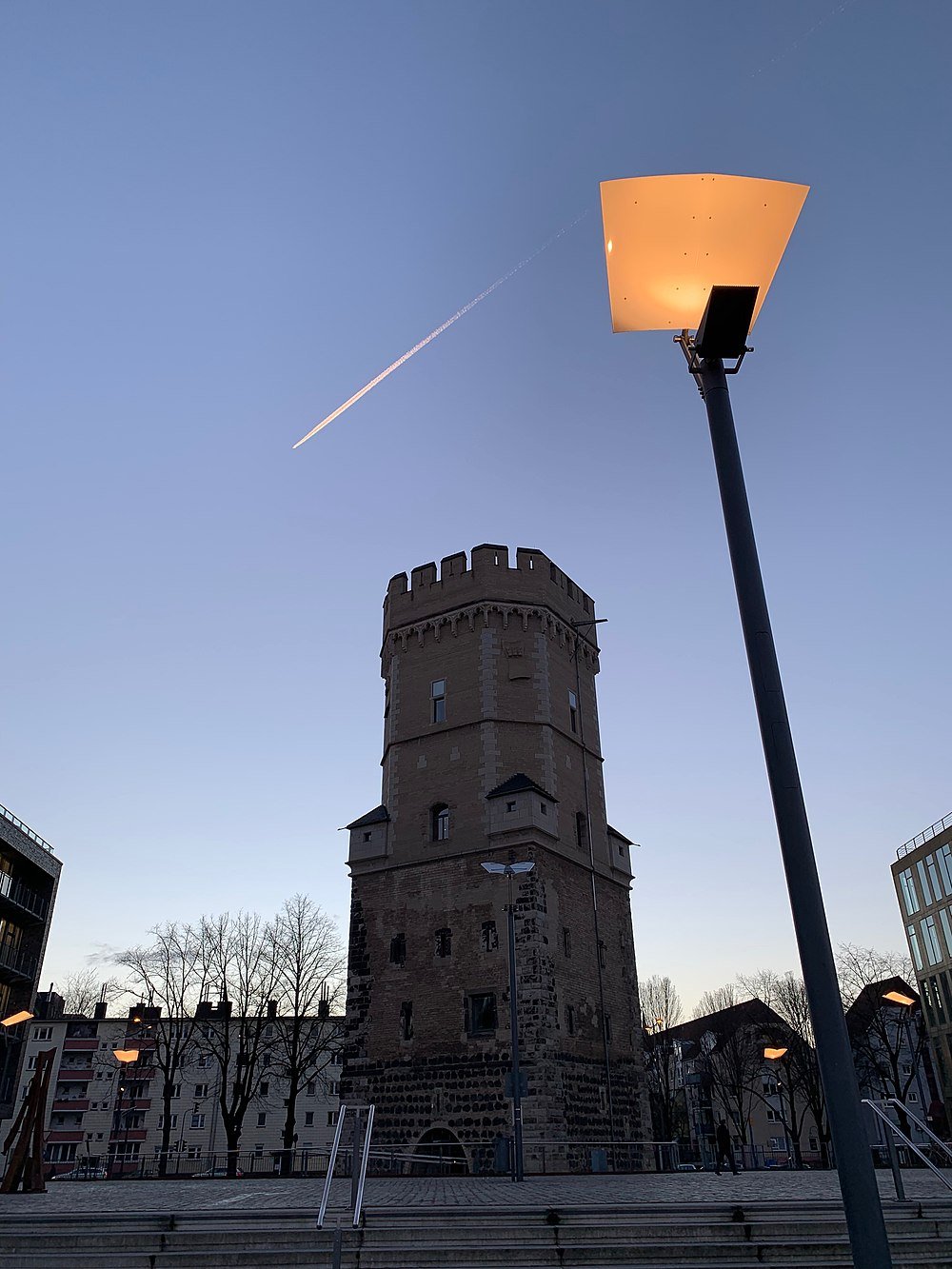
This promenade on the right bank of the Rhine may seem like the entire city has decided to come for a stroll when the sun is shining. The promenade bends from the Parliament down to the harbour and is positioned such that it receives sunlight all day long. The first promenade debuted at the turn of the 20th century, but it wasn’t until 1993—when traffic was switched to an underground route—that it was feasible to stroll alongside the Rhine without being bothered. In the summer, the sight almost has a Mediterranean feel because of how the facades sparkle in the setting sun and how crowded the tables are on the patios of restaurants and cafes. In addition to jetties on the river for Rhine excursions, Burgplatz has a staircase where people park themselves to read books in the sunshine.
Medienhafen
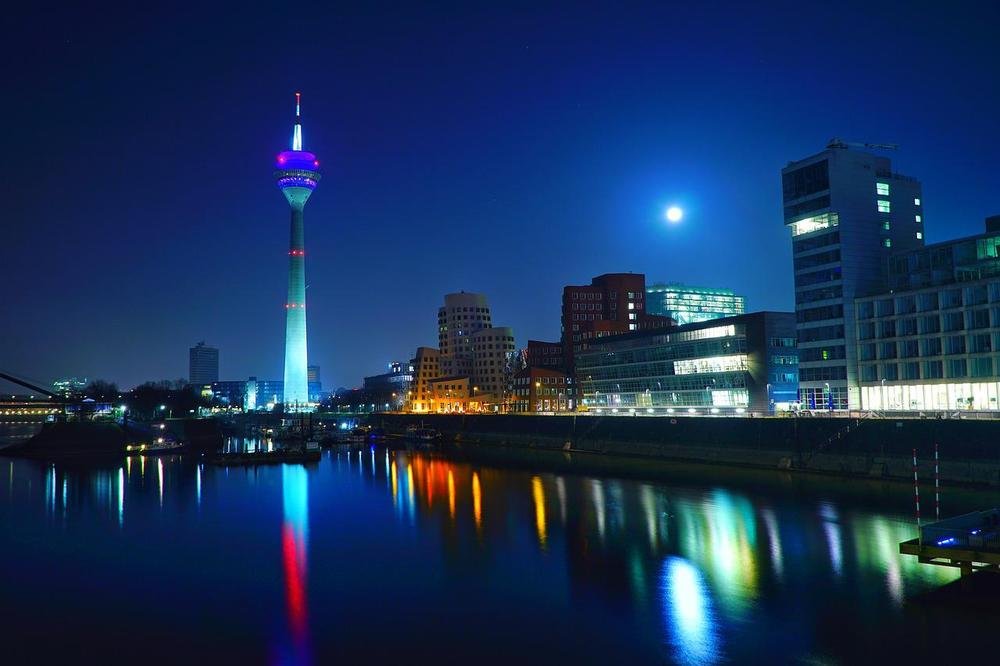
Düsseldorf’s docks, which were erected at the end of the 19th century and contributed to the post-war growth of the city, are located near the southern end of the Rheinuferpromenade. Local industry was in decline by the 1970s, particularly as a result of the closing of the nearby Mannesmann pipe mill. And ever since the 1990s, the harbour has been transformed into a modern business centre with restaurants, clubs, a movie theatre, as well as offices for media companies and fashion labels. The 100-year-old warehouses, dock walls, and wharves have been preserved to the greatest extent possible. However, they are also complemented by works by Frank Gehry, whose Neuer Zollhof building was finished in 1999 and dominates the waterfront, as well as David Chipperfield, Joe Coenen, and Claude Vasconi, and others.
Burgplatz
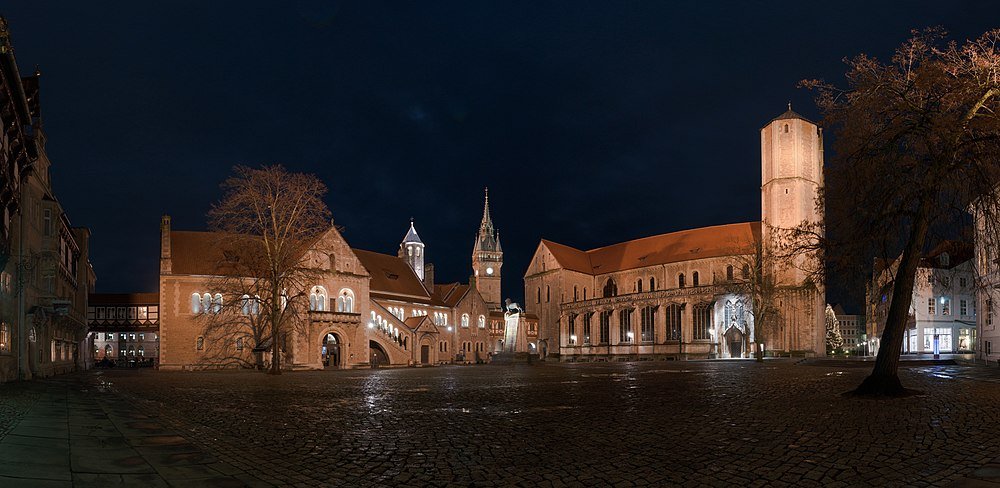
Burgplatz, so named for the castle that stood adjacent to the Rhine until the end of the 19th century, is a place to meet up with friends and enjoy a beverage by the river. The Schlossturm is the final remaining piece of the castle. This tower’s initial three stories date from the 1200s, its fourth from the 1500s, and it’s fifth, from 1845. There is a museum within that details the history of German inland commerce, the ecology of the Rhine, and Düsseldorf’s time as a port.
Kaiserswerth
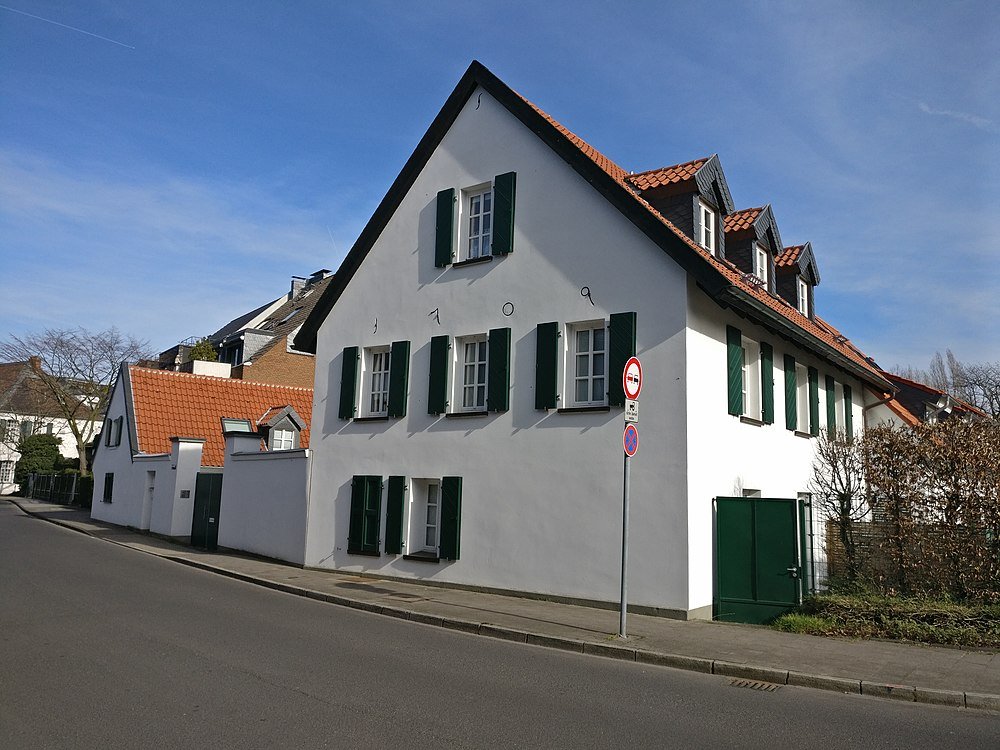
Take the U-Bahn to one of Düsseldorf’s historic neighbourhoods and go along the Rhine. In Kaiserswerth, elegant Baroque homes from the 17th and 18th centuries line the streets. The Kaiserpfalz, the imperial castle expanded in the 11th century by Friedrich Barbarossa and nearly destroyed by a bombardment at the start of the War of the Spanish Succession, is perhaps the most attractive location directly on the water’s edge. You can see the walls along the lime-edged Burgweg avenue. You may also spend some time strolling around Kaiserswerth’s cobblestone streets and stopping for refreshments at adorable cafes and Biergarten.
Altstadt
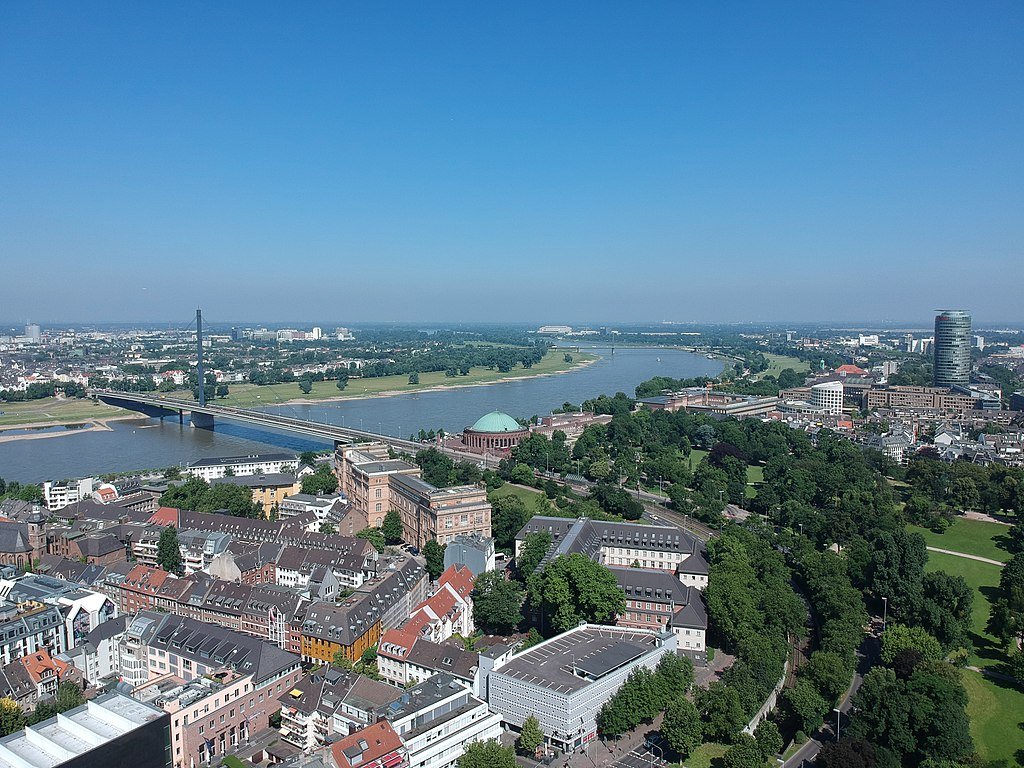
Although Düsseldorf’s old town is by no means enormous, there are more bars and clubs than you could ever visit on a single night out. The neighbourhood’s 300 brewpubs, bars, and nightclubs are crammed onto only a few streets, earning the neighbourhood the moniker “Längste Theke der Welt,” or “The longest bar in the world.” Each bar is said to connect with the one next door, despite the fact that there is no way to confirm it. Traditional Altbier is served in the brewpubs in the area; we’ll go into more detail about this later. Spend some time throughout the day wandering around the neighbourhood, admiring the charming gabled homes and the various cultural attractions there, such as the Kunstsammlung Nordrhein-Westfalen, the Filmmuseum, and the NRW-Forum.
Rhine Tower
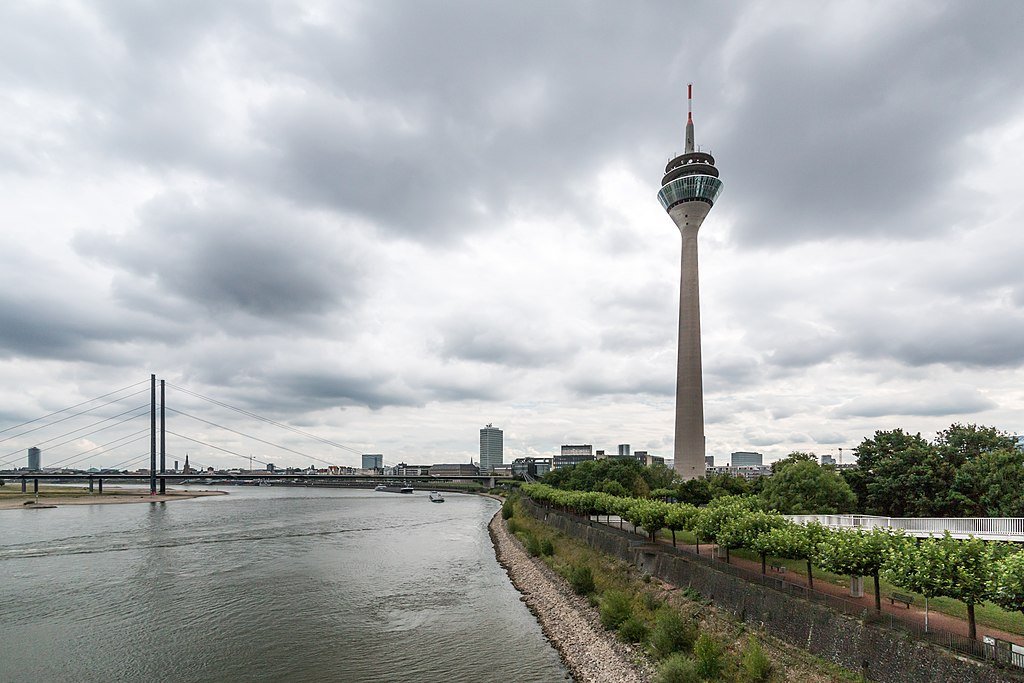
On the east side of the Medienhafen, a skyscraper that rises to a height of 240 meters is Düsseldorf’s highest structure. This 170-meter communications tower, which was unveiled in 1981, contains an observation deck and a rotating café. Unsurprisingly, the views are breathtaking and are worth the €9 adult entry cost during prime hours. The towers of Cologne are clearly seen in the distance to the south when the skies are clear. You will also receive a discount on your ticket if you make a certain quantity of purchases at the rotating restaurant. If you arrive before 11:00 or after 22:00, the entrance fee is reduced to €5. In the summer, the tower is open until 2:00 and offers the most picturesque views of Düsseldorf at dusk. The world’s largest digital clock-shaped light artwork, created by Horst H. Baumann, has been adorning the concrete shaft of the tower since it first opened in 1981.
Hofgarten
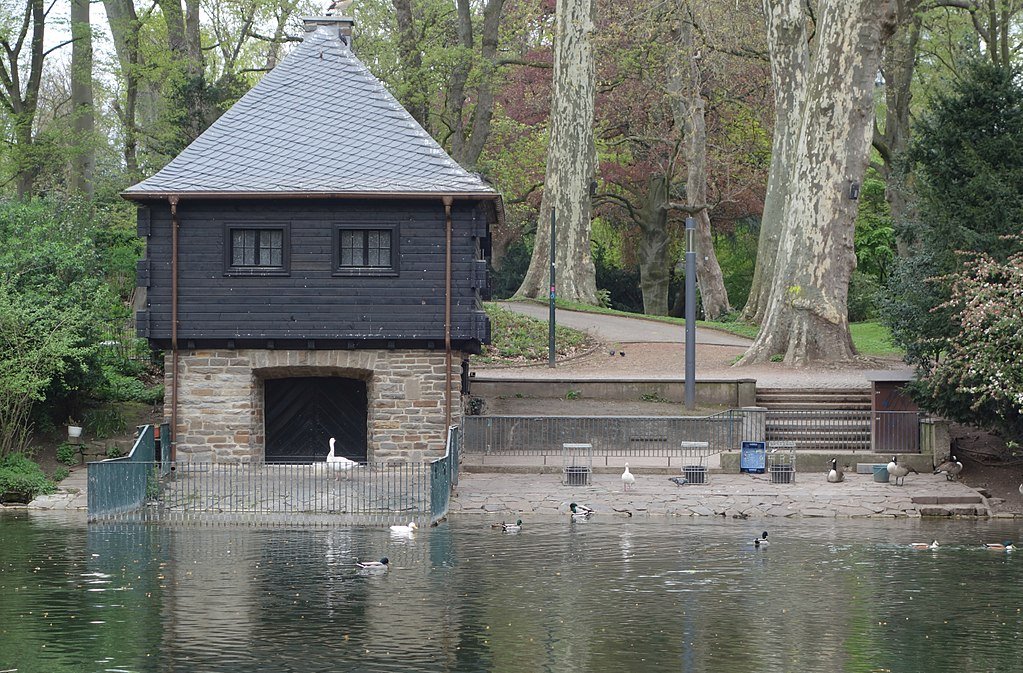
In response to the destruction brought on by the Seven Years’ War, which lasted from 1756 to 1763, Germany’s first public park was created in 1769. On the east side, between Schloss Jägerhof and the lovely “Jröner Jong” fountain, is where the oldest part is located. Nicolas de Pigage, who was once again employed by Charles Theodore, was in charge of this section and the expansive grand boulevard connecting the two monuments. The park’s current shape resulted from an expansion that took place at the beginning of the 19th century along the location of walls built during the Napoleonic Wars. The plan would serve as a model for public parks in all of Germany. There are numerous works of art and historical sites to discover, such as the Ratinger Tor, an old city gate that was converted into a Neoclassical temple.
K21 Ständehaus
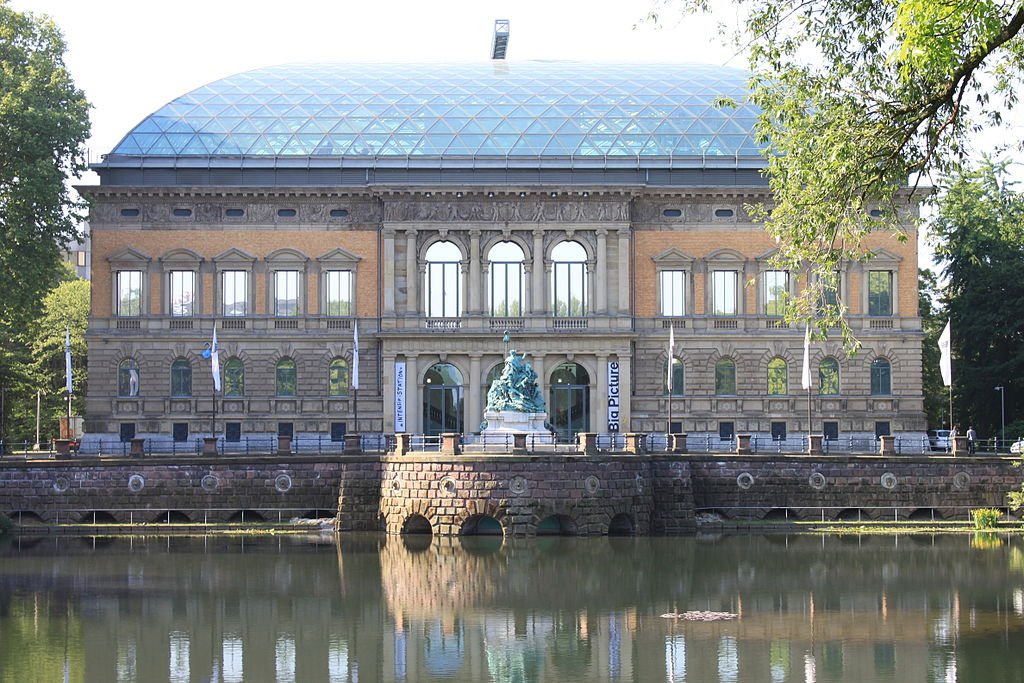
The K21 Ständehaus is a distinct museum space that was first opened in 2002 under the same roof. The location is the spectacular Neo-Renaissance parliament building, which is exhilarating from the outside, but even more so now that its inside has been transformed into a “piazza” and its roof has been replaced with a glass canopy. As a result, the inside is flooded with natural light, and you may navigate five floors of artwork that ranges in date from the 1970s to the present. Installations, prints, videos, photographs, and prints by artists such as Candida Höfer, Marcel Broodthaers, Paul McCarthy, Eija-Liisa Ahtila, William Kentridge, and Nam June Paik are included in the collection. The museum’s exhibits are frequently updated with daring works like Tomás Saraceno’s interactive “in orbit,” which invites you to scale a net strung 25 meters above the “piazza” while climbing among air-filled spheres.
St. Suitbertus
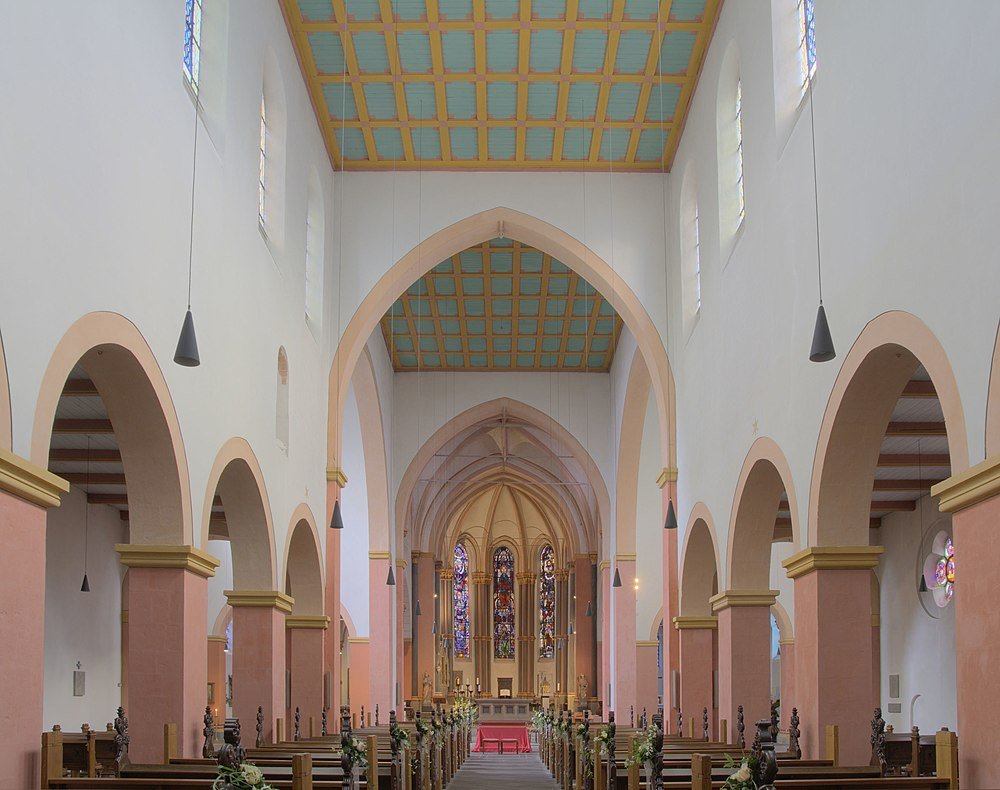
The neighbourhood’s medieval church, which blends Romanesque and Gothic design and was constructed from volcanic tuff stone, will keep you in Kaiserswerth for a while longer. The church, which is located on Stiftsplatz, has a triple-aisled nave from the 12th century and a Gothic choir from about a century later. The relics of St. Suitbertus from the eighth century are kept here in a lavishly decorated reliquary. The artefacts were transported here in 1264 and put in a chest made of carved oak that had copper plating that had been gold-plated. On the sides are reliefs of the apostles, and on the cover are scenes from Jesus’ life.
Stadterhebungsmonument
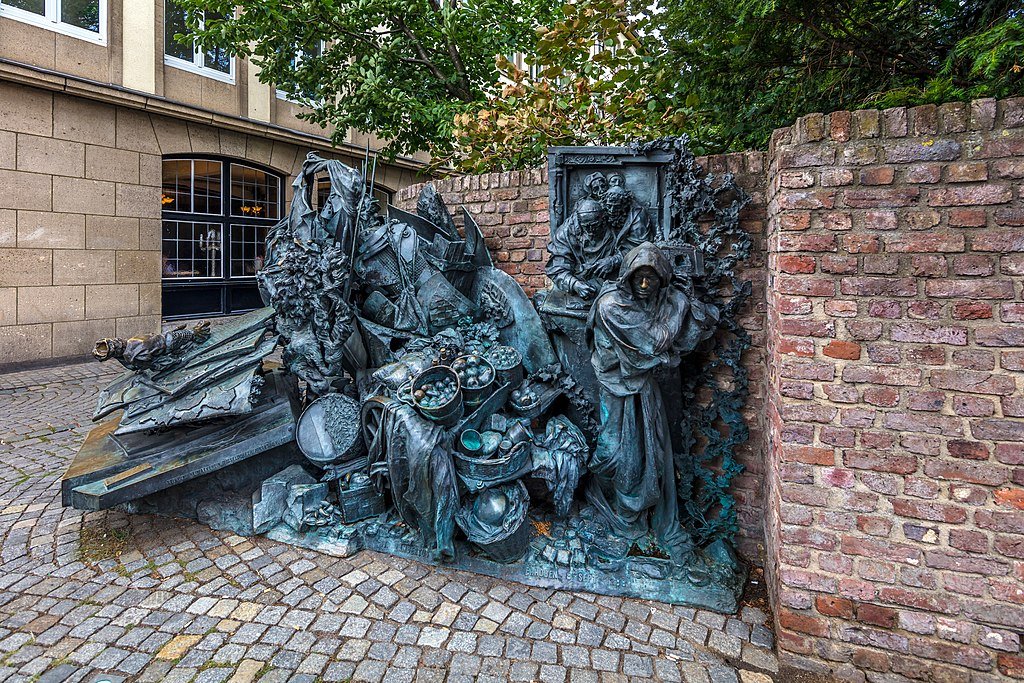
A group of bronze statues created in 1988 to commemorate 700 years since Düsseldorf was granted city privileges are tucked away in a corner of Burgplatz. Each of the statues in the monument, which was created by Düsseldorf-based artist Bert Gerresheim, conveys a different aspect of the founding of the city and its rivalry with Cologne. A scene from the Battle of Worringen, one of the biggest medieval engagements in Europe, between Archbishop Sigfried II of Cologne and Duke John I of Brabant, is seen on the left. Düsseldorf would become a city as a result of Siegfried’s crushing defeat, as shown in the scene of the paper being signed on the right.
Königsallee
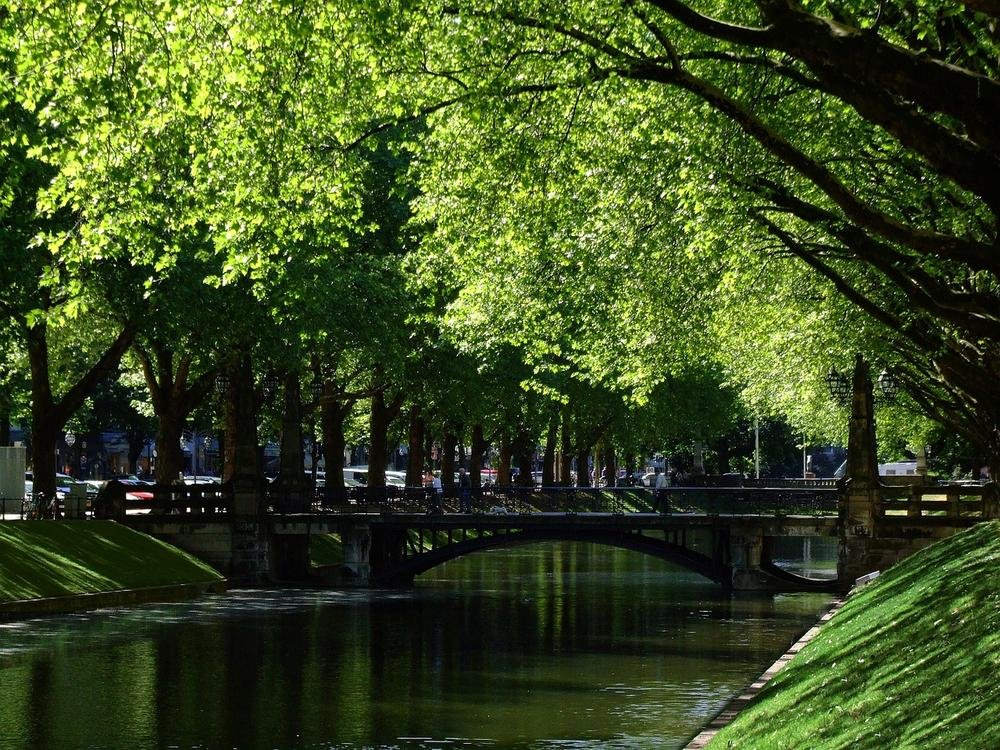
Königsallee, a posh shopping street on either side of a canal flanked with plane trees, is the reason Düsseldorf is synonymous with luxury and high-end living. Locals frequently abbreviate the name to “Kö,” and the street, which stretches a kilometre north to south, is lined with every upscale retailer under the sun. The majority of visitors use this as an opportunity to window shop, take in the opulent atmosphere, and snap a few pictures of the canal and its exquisite bridges. However, if you’re looking for something extremely unique, one of the many flagship stores is sure to have it. A few examples include Chanel, Cartier, Tiffany & Co., Burberry, Gucci, Louis Vuitton, Hugo Boss, and Prada.
Museum Kunstpalast
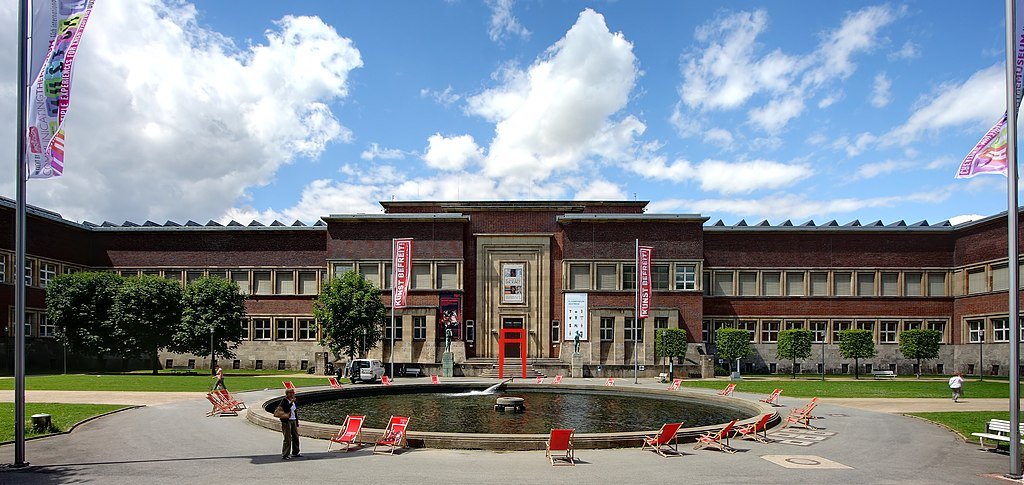
The Kunstpalast is the centrepiece of the Ehrenhof cultural complex, located in front of the Rhine in a great location. The permanent collection spans the entire history of German and European art, from the Gothic era to the twentieth century. The impressive list of artists also includes Franz Marc, Rubens, Caspar David Friedrich, Andreas Achenbach, August Macke, and Lucas Cranach the Elder. Along with this, there are sizable exhibitions of applied arts and one of Europe’s largest collections of glass. The museum is also brimming with graphic art, with works from all over Europe, Japan, and the Near East included in its collection. Beyond all of this, the museum has recently gained recognition for its top-notch short-term exhibitions of Caravaggio, Warhol, Miró, and Dal.
Schloss Benrath
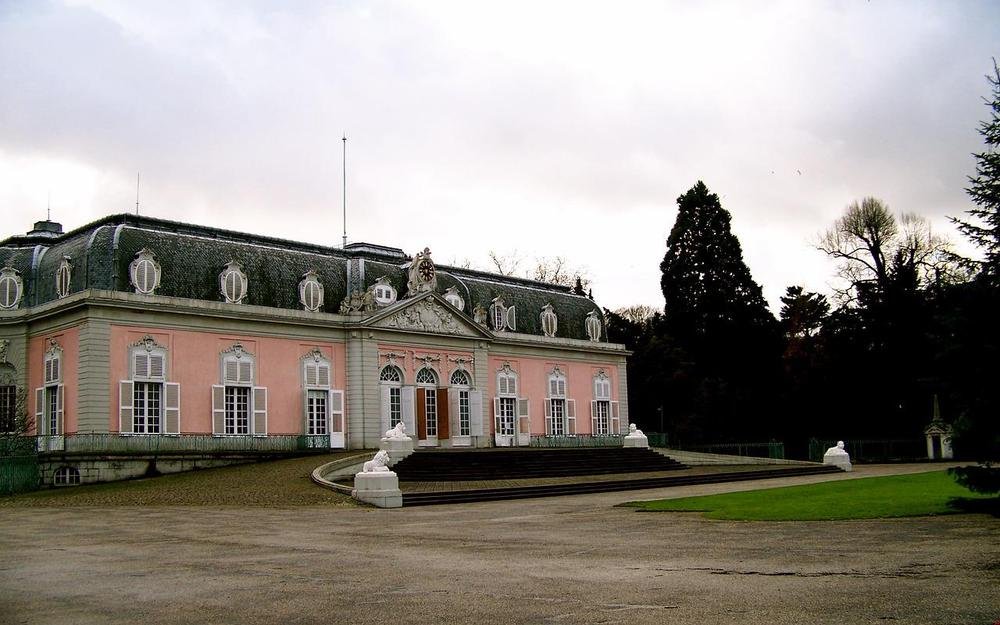
A magnificent Rococo palace from the middle of the 18th century is located in Benrath, a small town southeast of Düsseldorf, and is encircled by gardens. Everything was built as a summer home for Elector Palatine Charles Theodor and his wife, Elisabeth Auguste of Sulzbach. The palace was thoughtfully designed to complement its gardens, with the Electress’ rooms facing a French formal garden, the Elector’s private room opening onto the English gardens, and the cooks being supplied by herb and potager gardens. You can tour Nicolas de Pigage’s lavish Corps de Logis during a visit, but you’ll need to wear special slippers to protect the marble floors. A Natural History Museum and a Museum of European Garden Art are located in the side wings, and summer concerts are held in the opulent park.
Kunstsammlung Nordrhein-Westfalen
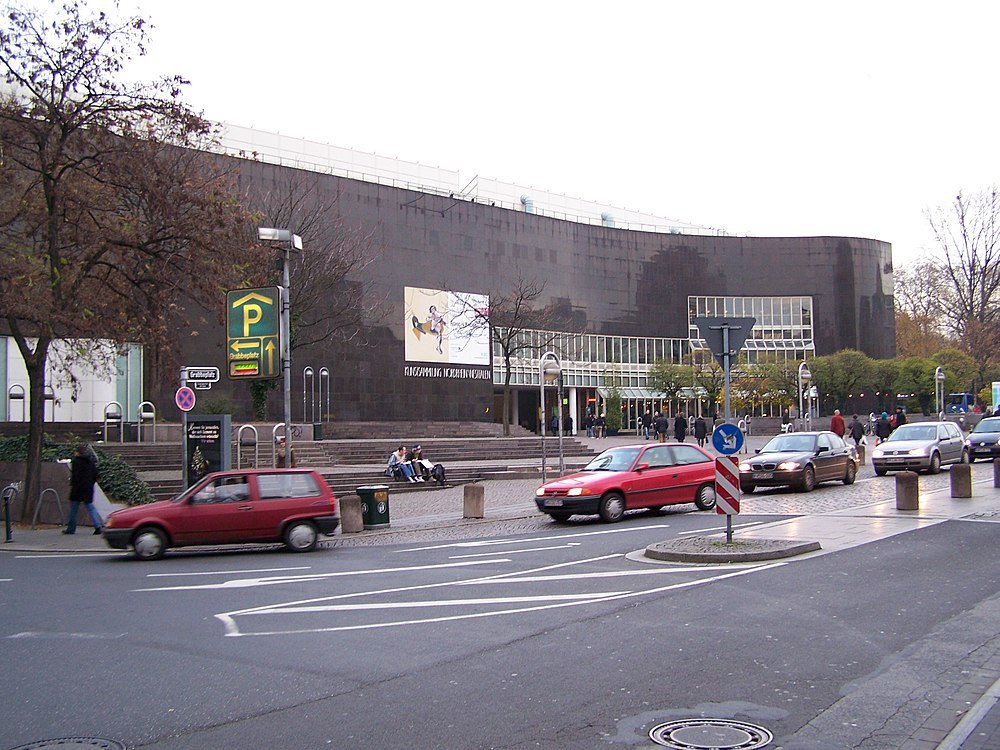
There are two main locations for the North Rhine-Westphalia art collection: the K20 and K21. We’ll start with “K20 am Grabbeplatz,” a stunning structure by Arne Jacobsen from the middle of the 1980s that is covered in polished black granite. The 20th century’s major movements of Expressionism, Fauvism, Cubism, New Objectivity, Dada, Surrealism, Pop Art, and Abstract Expressionism are all represented in the galleries. Unreal amounts of amazing art exist. Be prepared to spend at least half a day because we’re talking about Paul Klee, Kandinsky, Franz Marc, Ernst-Ludwig Kirchner, Picasso, Braque, Fernand Léger, Jackson Pollock, Andy Warhol, and many more.
Marktplatz

The area in front of the Altes Rathaus may be the most photogenic place in the Altstadt (Old Town Hall). The market that operated here from 1482 until the turn of the century, when it relocated to Karlsplatz, is where this trapezoidal plaza gets its name. The opening ceremony for Düsseldorf’s wild carnival, known as “Erwachen,” takes place in front of the town hall on November 11. All around the area, which is dominated by one of Germany’s most celebrated equestrian sculptures, are rows of structures that are designated monuments. The ceremonial monument, which was crafted in 1711 by Flemish artist Gabril Grupello, depicts Elector Johann Wilhelm riding a horse.


